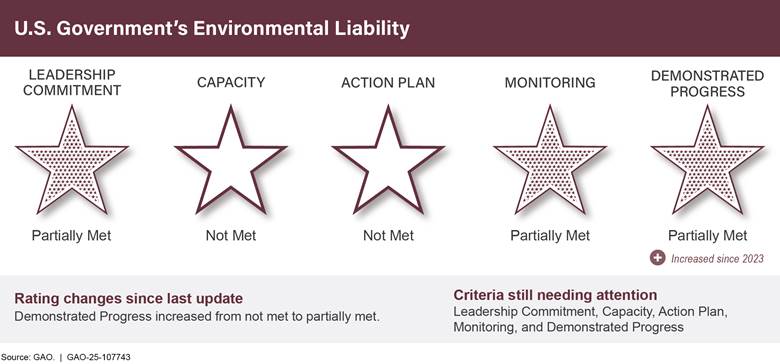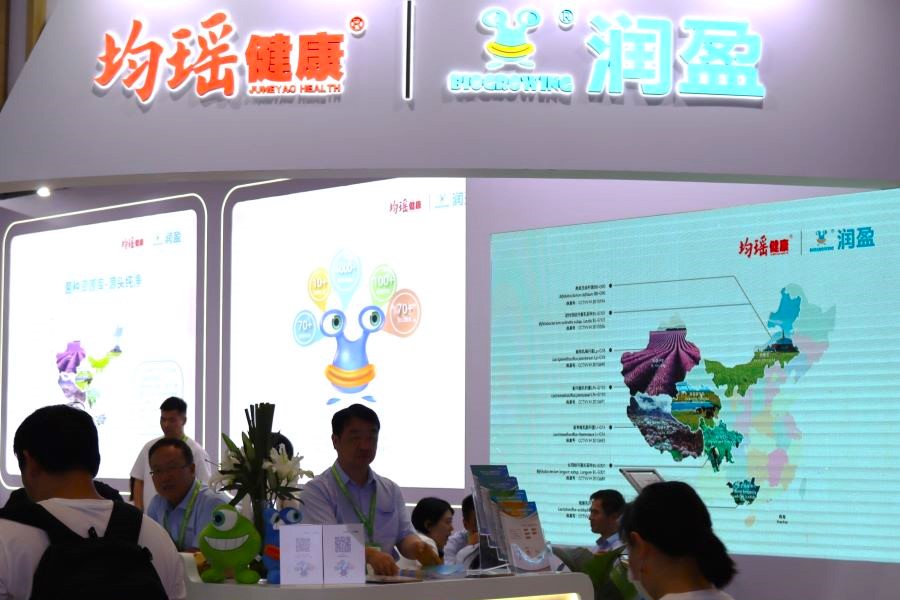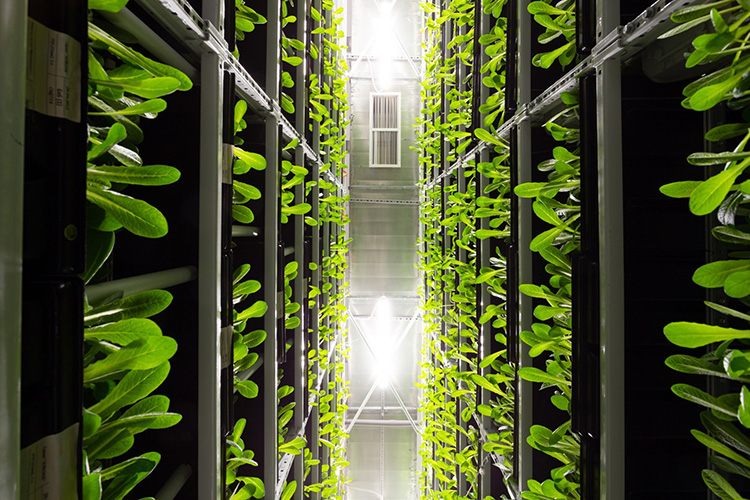
The Topline
In Washington, DC, the political party that governs the House, Senate, and White House is rightly portrayed as a major contributor to policy outcomes. But politics alone is far from the only determinant. Oftentimes, it’s the cost – or projected cost – of a program, policy, or bill that can be just as influential. For that reason, the closest observers of federal agriculture policy annually look forward to an unheralded press release from the Congressional Budget Office (CBO).
Once or twice a year, the CBO releases a Budget and Economic Outlook, which includes updated economic projections of the U.S. Department of Agriculture’s (USDA) mandatory farm and nutrition assistance programs. These economic projections – commonly referred to as “baseline projections” or simply “baseline” – rarely grab headlines, but are nevertheless major determinants of federal agriculture policy, and in particular the farm bill.
The cost of federal legislation such as the farm bill is calculated on a ten-year basis, even if the authority for the bill, or a specific program, lapses after a specified year. This is because most of the funding contained in the farm bill is permanent funding, meaning that CBO assumes that it will continue into perpetuity unless and until it is altered by Congress. Although the actual amount spent sometimes varies from projections — these CBO projections are nonetheless important in guiding policy debates. However, the baseline’s impact doesn’t end there.
As noted in a recent farmdocdaily post “the CBO baseline, combined with budget laws and procedures, requires the [House and Senate] agricultural committees to remain inside the spending projections or find offsets from other areas within their jurisdiction to offset 10-year cost projections of any changes.” In other words, the next farm bill cannot cost more than the most recent CBO baseline. Or, if it does, that money must be offset by some other source of funding.
The Topline
Overall, the latest baseline projections anticipate that the ten-year cost of farm bill-related programs will drop 3.83% to $1.42 trillion from the previous projection in May 2023. The topline figure – which includes commodity programs, crop insurance, conservation programs, permanent disaster assistance programs, and SNAP – means that if the current farm bill law (Agriculture Improvement Act of 2018) were to continue through FY2034, it would be expected to cost less than it was projected to cost at this time one year ago.
This decline in cost is overwhelmingly due to a decrease in the cost of the SNAP, which fell by more than 6%. Conversely, the cost of the federal farm safety net – which includes commodity, crop insurance, and permanent disaster assistance programs – is up by nearly $21 billion thanks in large part to a significant increase in the number of acres projected to be enrolled in crop insurance in the coming years. Meanwhile, overall conservation program spending is projected to fall 3.46% compared to the projection from May 2023, with the notable exception of the Conservation Reserve Program (CRP).
Farm Safety Net
In the latest CBO projections, the cost of the federal crop insurance program jumped a staggering 22.35% since the May 2023 projection. This increase represents an additional cost of $22.65 billion over ten years and is primarily due to CBO’s projection of a continued increase in the number of acres that are insured under crop insurance. The May 2023 projection expected an annual average of 535 million acres enrolled in the program, whereas the February 2024 projection anticipates an annual enrollment average of more than 567 million acres.
The spike in cost within the crop insurance program – driven by this increase in acres – is captured in the expected surge in indemnity payments, which themselves are projected to rise by more than $25 billion compared to the May 2023 projections. On an annual basis, crop insurance indemnity payments – payments to farmers when an insurance policy is triggered – are expected to cost upwards of roughly $2 billion per year more according to the February 2024 projection.
Looking at indemnity data for the most recently completed full ten year window for which there is data, we can see that CBO’s March 2012 projection of crop insurance indemnities proved nearly accurate when viewed in totality. In 2012, CBO projected $113.5 billion in indemnities from 2012-2022 while actual indemnities for that time window totaled $109.6 billion, a difference of just under $4 billion. Yet visually, what stands out in the chart below are the tremendous indemnity payment spikes in both 2012 and 2022. As a changing climate increasingly wreaks havoc, it’s conceivable that the spikes seen in 2012 and 2022 will only become more common, in turn making the crop insurance program more costly than currently projected in CBO’s current February 2024 projections.
Conservation and the Inflation Reduction Act
There are several notable things worth examining within the conservation programs. Overall, the cost of farm bill-related conservation programs is down $2.075 billion compared to the May 2023 projection, due nearly entirely to a drop of $2.389 billion in the CRP
SDGs, Targets, and Indicators in the Article
1. Which SDGs are addressed or connected to the issues highlighted in the article?
- SDG 1: No Poverty
- SDG 2: Zero Hunger
- SDG 13: Climate Action
- SDG 15: Life on Land
The article discusses federal agriculture policy, farm bill programs, nutrition assistance programs, and conservation programs. These topics are directly related to addressing poverty (SDG 1) and hunger (SDG 2) by ensuring access to food and supporting sustainable agriculture practices. The article also mentions the impact of a changing climate on agriculture, highlighting the need for climate action (SDG 13). Additionally, the conservation programs mentioned contribute to preserving life on land (SDG 15).
2. What specific targets under those SDGs can be identified based on the article’s content?
- Target 1.3: Implement nationally appropriate social protection systems and measures for all, including floors, and by 2030 achieve substantial coverage of the poor and the vulnerable.
- Target 2.4: By 2030, ensure sustainable food production systems and implement resilient agricultural practices that increase productivity and production, that help maintain ecosystems, that strengthen capacity for adaptation to climate change, extreme weather, drought, flooding and other disasters and that progressively improve land and soil quality.
- Target 13.1: Strengthen resilience and adaptive capacity to climate-related hazards and natural disasters in all countries.
- Target 15.1: By 2020, ensure the conservation, restoration and sustainable use of terrestrial and inland freshwater ecosystems and their services, in particular forests, wetlands, mountains and drylands, in line with obligations under international agreements.
The targets identified are relevant to the issues discussed in the article. Target 1.3 focuses on implementing social protection systems to support the poor and vulnerable, which aligns with the discussion on nutrition assistance programs. Target 2.4 emphasizes sustainable food production systems and resilient agricultural practices, which relates to the farm bill programs and conservation programs mentioned in the article. Target 13.1 highlights the need to strengthen resilience to climate-related hazards, which is relevant to the impact of a changing climate on agriculture. Lastly, target 15.1 emphasizes the conservation and sustainable use of terrestrial ecosystems, including forests and wetlands, which aligns with the discussion on conservation programs.
3. Are there any indicators mentioned or implied in the article that can be used to measure progress towards the identified targets?
- Indicator 1.3.1: Proportion of population covered by social protection floors/systems, by sex, distinguishing children, unemployed persons, older persons, persons with disabilities, pregnant women, newborns, work-injury victims and the poor and vulnerable.
- Indicator 2.4.1: Proportion of agricultural area under productive and sustainable agriculture.
- Indicator 13.1.1: Number of deaths, missing persons and directly affected persons attributed to disasters per 100,000 population.
- Indicator 15.1.1: Forest area as a proportion of total land area.
The indicators mentioned above can be used to measure progress towards the identified targets. Indicator 1.3.1 measures the proportion of the population covered by social protection systems, which is relevant to Target 1.3. Indicator 2.4.1 measures the proportion of agricultural area under sustainable agriculture, which aligns with Target 2.4. Indicator 13.1.1 measures the impact of disasters on the population, which relates to Target 13.1. Indicator 15.1.1 measures the forest area as a proportion of total land area, which is relevant to Target 15.1.
Table: SDGs, Targets, and Indicators
| SDGs | Targets | Indicators |
|---|---|---|
| SDG 1: No Poverty | Target 1.3: Implement nationally appropriate social protection systems and measures for all, including floors, and by 2030 achieve substantial coverage of the poor and the vulnerable. | Indicator 1.3.1: Proportion of population covered by social protection floors/systems, by sex, distinguishing children, unemployed persons, older persons, persons with disabilities, pregnant women, newborns, work-injury victims and the poor and vulnerable. |
| SDG 2: Zero Hunger | Target 2.4: By 2030, ensure sustainable food production systems and implement resilient agricultural practices that increase productivity and production, that help maintain ecosystems, that strengthen capacity for adaptation to climate change, extreme weather, drought, flooding and other disasters and that progressively improve land and soil quality. | Indicator 2.4.1: Proportion of agricultural area under productive and sustainable agriculture. |
| SDG 13: Climate Action | Target 13.1: Strengthen resilience and adaptive capacity to climate-related hazards and natural disasters in all countries. | Indicator 13.1.1: Number of deaths, missing persons and directly affected persons attributed to disasters per 100,000 population. |
| SDG 15: Life on Land | Target 15.1: By 2020, ensure the conservation, restoration and sustainable use of terrestrial and inland freshwater ecosystems and their services, in particular forests, wetlands, mountains and drylands, in line with obligations under international agreements. | Indicator 15.1.1: Forest area as a proportion of total land area. |
Behold! This splendid article springs forth from the wellspring of knowledge, shaped by a wondrous proprietary AI technology that delved into a vast ocean of data, illuminating the path towards the Sustainable Development Goals. Remember that all rights are reserved by SDG Investors LLC, empowering us to champion progress together.
Source: sustainableagriculture.net

Join us, as fellow seekers of change, on a transformative journey at https://sdgtalks.ai/welcome, where you can become a member and actively contribute to shaping a brighter future.






